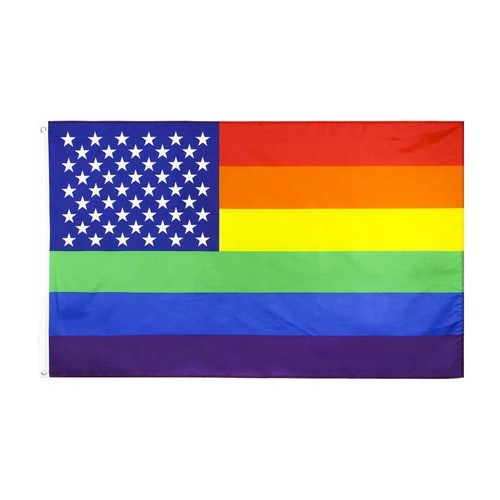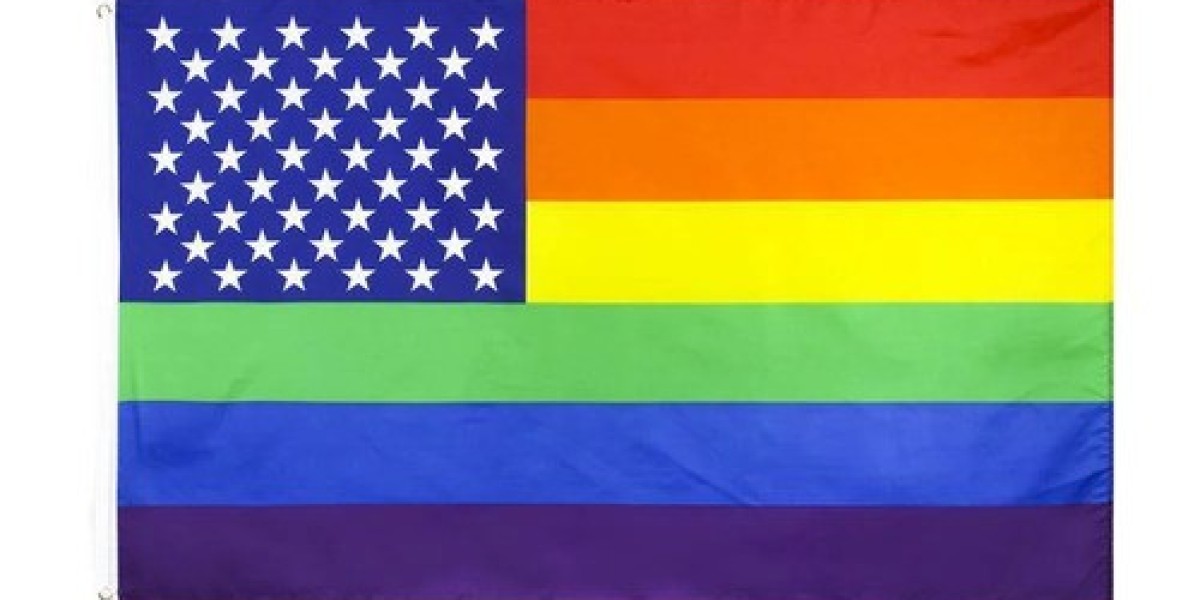The Gay Pride American Flag is more than just a symbol; it’s a powerful statement of unity, inclusion, and the ongoing struggle for equality. Combining the iconic stars and stripes of the American flag with the vibrant rainbow colors of the LGBTQ+ Pride flag, this unique banner represents the intersection of national pride and the fight for LGBTQ+ rights. It’s a visual reminder that freedom and equality are fundamental rights for all, regardless of sexual orientation or gender identity.
The Evolution of the Gay Pride Flag
The traditional rainbow flag, designed by Gilbert Baker in 1978, has long been a symbol of the LGBTQ+ community. Each color in the flag holds its own significance: red for life, orange for healing, yellow for sunlight, green for nature, blue for harmony, and purple for spirit. Over the years, the flag has evolved, with new variations emerging to represent different identities within the LGBTQ+ community, including the incorporation of black and brown stripes to recognize LGBTQ+ people of color.

The Intersection of National Pride and LGBTQ+ Identity
The Gay Pride American Flag merges the symbolism of the rainbow flag with the stars and stripes of the American flag, creating a powerful representation of LGBTQ+ Americans’ dual identity. This flag celebrates the community's contribution to the nation while also highlighting the ongoing fight for equal rights. By blending these two iconic flags, it sends a message that LGBTQ+ individuals are an integral part of the American fabric, deserving of the same freedoms and protections as everyone else.
A Symbol of Inclusion and Unity
At its core, the Gay Pride American Flag is a symbol of inclusion. It represents the belief that the values of liberty and justice should apply to all Americans, regardless of who they love or how they identify. This flag is often flown during Pride Month, LGBTQ+ rights rallies, and other events that celebrate diversity and advocate for equality. It’s a banner under which all people, regardless of background, can unite in the fight against discrimination.
The Cultural Impact of the Gay Pride American Flag
The Gay Pride American Flag has become a cultural icon, representing both the progress that has been made in the fight for LGBTQ+ rights and the work that still needs to be done. It’s a flag that inspires hope, celebrates diversity, and challenges the status quo. For many, it’s a symbol of the freedom to live authentically, love openly, and be proud of who they are, in a country that promises liberty and justice for all.
Conclusion
The Gay Pride American Flag is a vibrant emblem of freedom, equality, and the ongoing struggle for LGBTQ+ rights in the United States. It’s a powerful reminder that the fight for true equality is far from over, and that the values represented by the American flag—liberty, justice, and the pursuit of happiness—must be extended to everyone. As we continue to wave this flag high, we honor the past, celebrate the present, and look forward to a future where all people are truly free to be themselves.



